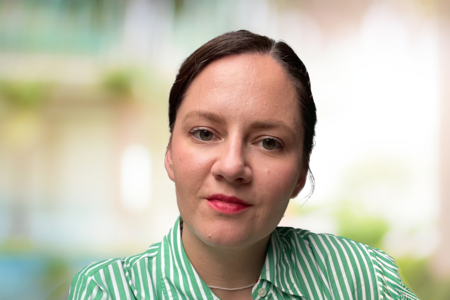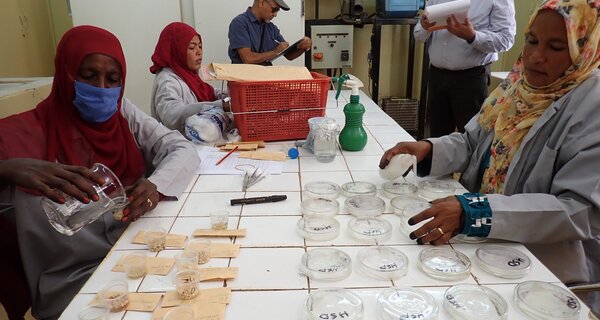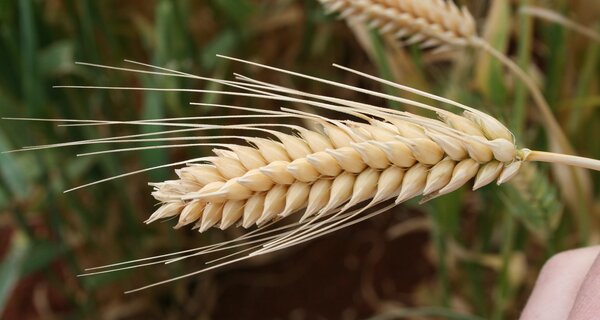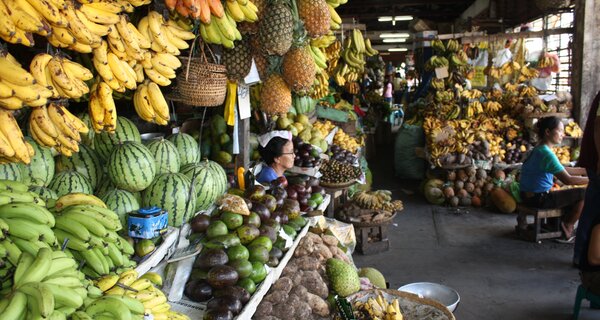Seeds and Storms: Safeguarding the Philippines’ Crop Diversity Against Climate Change
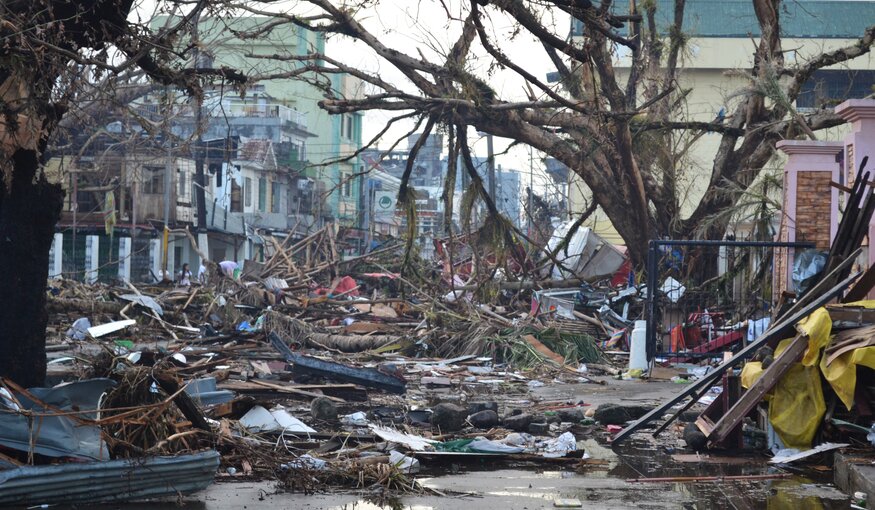
Streets of Leyte island in the Philippines lined with debris in the aftermath of a typhoon. Photo: Eoghan Rice-Trócaire/Caritas
17 April 2025
Every year, the Philippines braces for an average of 20 typhoons. And every year, the scientists at the National Plant Genetic Resources Laboratory (NPGRL) in Los Baños do a lot of worrying. The next storm could erase decades of conservation work in a matter of hours.
Located a couple of hours’ drive south of Manila, the NPGRL is the country’s national genebank. It holds over 20,000 samples of vegetables, cereals, legumes, root crops, fruit trees, medicinal plants and more. Many of them are traditional varieties that can no longer be found in farmers’ fields. This diversity is essential for food security. It also represents the cultural heritage of Indigenous and rural communities across the archipelago.
Yet NPGRL, like many other critical institutions in the Philippines, is increasingly vulnerable. For 16 years in a row, the country has topped the World Risk Index, which ranks nations by their exposure to extreme weather and other climate-related threats. Typhoons can bring destructive winds, heavy rainfall, flooding and landslides. They pose a serious threat to lives, infrastructure and agriculture, and genebank operations are not immune.
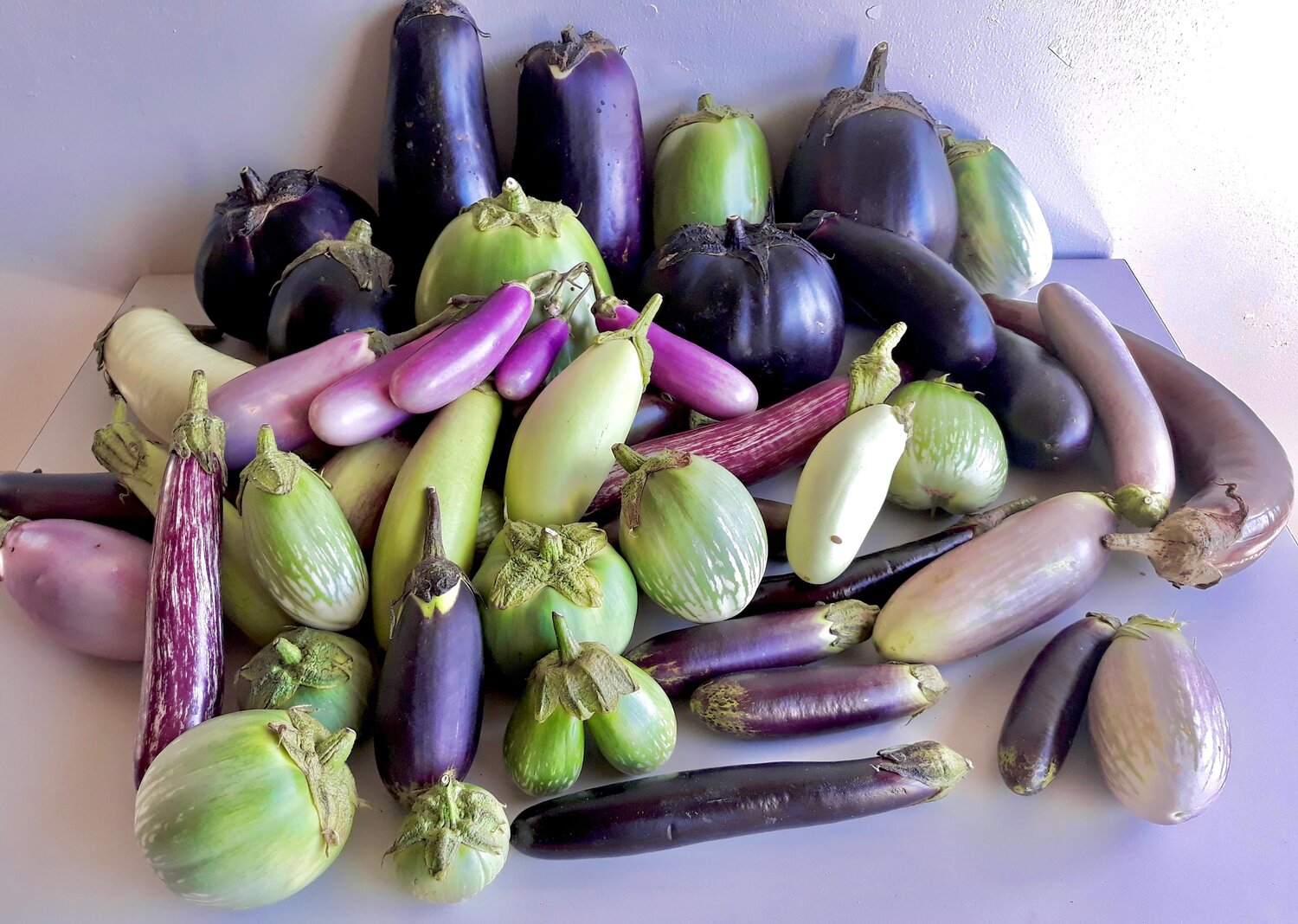
A snapshot of eggplant diversity housed at the National Plant Genetic Resources Laboratory (NPGRL) in Los Baños. Photo: Catherine Hazel Aguilar/NPGRL
Back in 2006, the risks became painfully real when Typhoon Xangsane – locally known as Milenyo, meaning “millennium” – battered the Philippines. Torrential rain and powerful winds flooded the NPGRL main research building.
“The whole genebank was submerged in mud and water,” recalls Hidelisa de Chavez, a researcher at NPGRL. The damage was severe. Around 70% of the collection was lost, including irreplaceable traditional crop varieties. In 2012, disaster struck again when a fire engulfed the genebank, destroying 60% of its tissue culture collection, damaging vital equipment and cutting power for weeks. The lab had no backup generator.
Emergency Reserve Steps In
That was still the case in 2024, when the Emergency Reserve for Genebanks, a joint initiative of the Crop Trust and the International Plant Treaty, stepped in to help. Through the Reserve, NPGRL received funding to improve its ability to withstand future disasters.
The genebank purchased a power generator, installed brand-new upright freezers and carried out the electrical work necessary to operate them. These freezers will house thousands of seed samples in long-term conservation at –18°C.
The infrastructure upgrade is a long-awaited lifeline for the lab.
“Now we have a reliable backup system for the freezers and drying rooms – both critical for preserving seed quality,” said de Chavez. “Without it, any power outage could be catastrophic.”
The Emergency Reserve is part of the Crop Trust’s Biodiversity for Opportunities, Livelihoods and Development project (BOLD), funded by the Government of Norway. Launched in 2021, BOLD supports genebanks across the globe to secure crop diversity and make it more accessible for crop improvement and food system resilience.
A Race Against Climate Change
While the upgrades bring relief, the threat is far from over. Climate change is already complicating NPGRL’s ability to conserve and grow the crops it wants to protect. “We’re only able to send about half the number of samples to the Global Seed Vault that we used to,” said de Chavez. “It’s getting harder to regenerate some of the species because of shifting weather patterns and extreme events.”
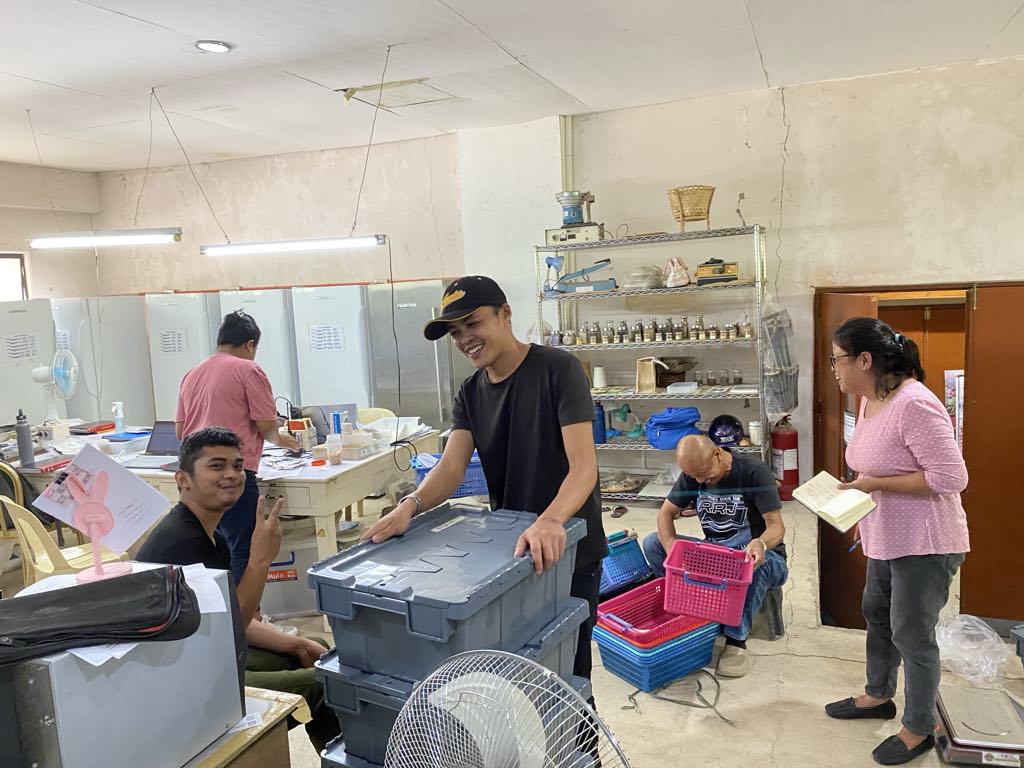
Prepping seeds for depositing. Credit: NPGRL
Still, NPGRL presses on. As part of the Crop Trust’s global safety duplication efforts, the genebank recently sent its latest shipment of 75 seed samples to the Svalbard Global Seed Vault in Norway. The deposit included local varieties of eggplant, rice bean, lima bean and sorghum – each one deeply rooted in Filipino culture and cuisine.
“Given climate change and the extreme weather conditions, we cannot guarantee that these crops will still be available for future generations from farmers’ fields, so we have to continue conserving them in the genebank,” said de Chavez. “If a variety disappears in the field, what would be our alternative, if we don’t have it conserved? We cannot go back.”
Peace of Mind
For NPGRL staff, the knowledge that these seeds now rest safely in the Arctic offers reassurance during typhoon season. “It gives me peace of mind,” said de Chavez. “Even if we lose something here, a backup exists.”

Hidelisa De Chavez at the Svalbard deposit, February 2025. Photo: Luis Salazar/Crop Trust
This sentiment is echoed globally. Another 20 genebanks joined NPGRL in safety duplicating seeds in Svalbard earlier this year. As climate change drives rising seas and more frequent extreme weather, the dedication of scientists like Hidelisa and her colleagues is more critical than ever. So is the support provided by the Emergency Reserve and projects such as BOLD. These efforts help protect crop diversity today and ensure future generations have the agricultural foundation needed to build a resilient future.
Categories: For The Press, For Partners, For Policymakers, BOLD, Climate Change, Food Security

